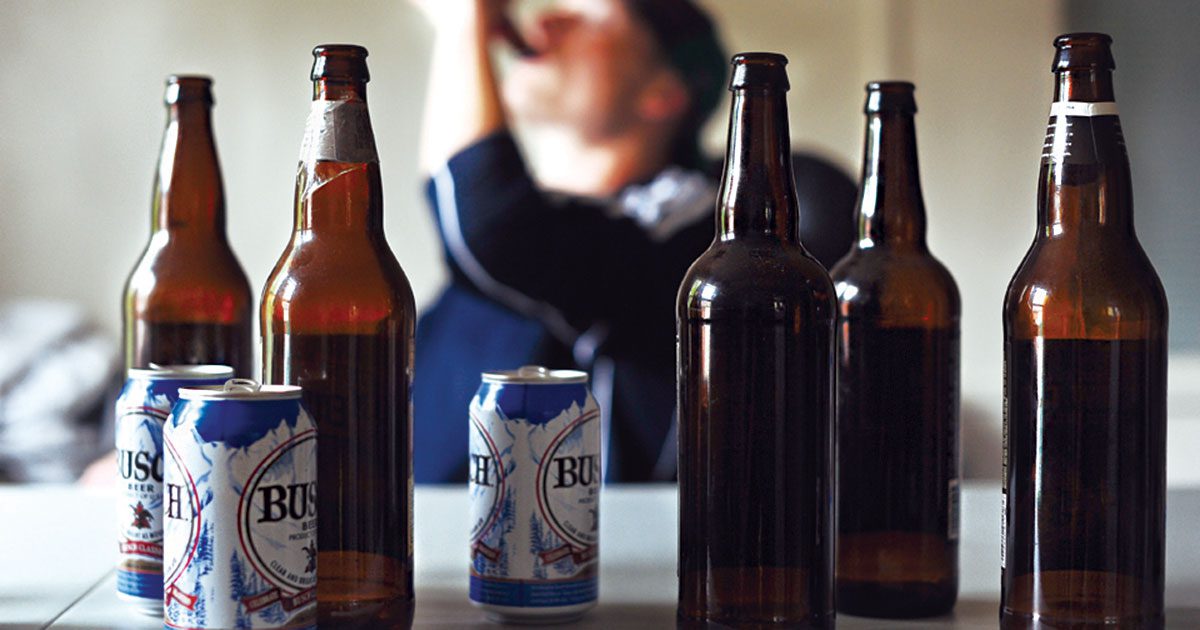While the “opioid epidemic” continues to dominate recent news, you might be surprised to learn that a rise in dangerously heavy drinking has swept across the United States and suggests that alcoholism could be a new epidemic hiding in plain sight.

According to statistics from a new study recently published in JAMA Psychiatry, 12.7% of people living in the US have some kind of alcohol-related disorder. That’s nearly one in eight people. These numbers have also increased by almost 50 percent compared to the previous decade, suggesting that the problem is on a sharp rise.
For the study, researchers compared the rates of alcoholism, alcohol use, and binge drinking between 2001 to 2002 and 2012 to 2013 in two surveys of 43,000 people and 36,000 people, respectively.
Between 2001-2002 and 2012-2013, the number of people who reported consuming alcohol rose by 11.2% to 72.7% of the population.
Results revealed that just under a third of people in the United States indulge in high-risk binge drinking, defined by the US dietary guidelines as drinking five or more standard drinks for men, or four drinks for women, on any day at least once a week. The rise in binge drinking was particularly noticeable among women (up 57.9% over the decade), elderly people, Hispanics, and African-Americans.
According to one of the study’s authors, Professor Marc A Schuckit of the University of California, San Diego, the study makes a “compelling case that the United States is facing a crisis with alcohol use, one that is currently costly and about to get worse.”
Alcohol in excess is a public health risk and strongly associated with numerous diseases including cancer, cardiovascular disease, strokes, liver cirrhosis, and type 2 diabetes. It is also expensive and is projected to cost the US economy upwards of $250 billion a year.
While the catalyst behind the increases was not explored by the study, researchers hypothesize it’s likely to be “historically rooted in racial discrimination and persistent socioeconomic disadvantage both at the individual and community levels.”
Despite efforts from government programs and medical professionals, the epidemic is expected to continue to spread. “The proposed cuts to the National Institutes of Health budget being considered in Washington in 2017 are potentially disastrous for future efforts to decrease alcohol problems and are likely to result in higher costs for us all,” said Professor Schuckit.
“If the proposed budget prevails, the National Institutes of Health will have serious problems keeping current research going, and it will be difficult or even impossible to fund new research. In addition, most of the problems raised here will escalate further if as many as 23 million people lose health care.”
If you found this article helpful, please share with friends and family by clicking the button below!




